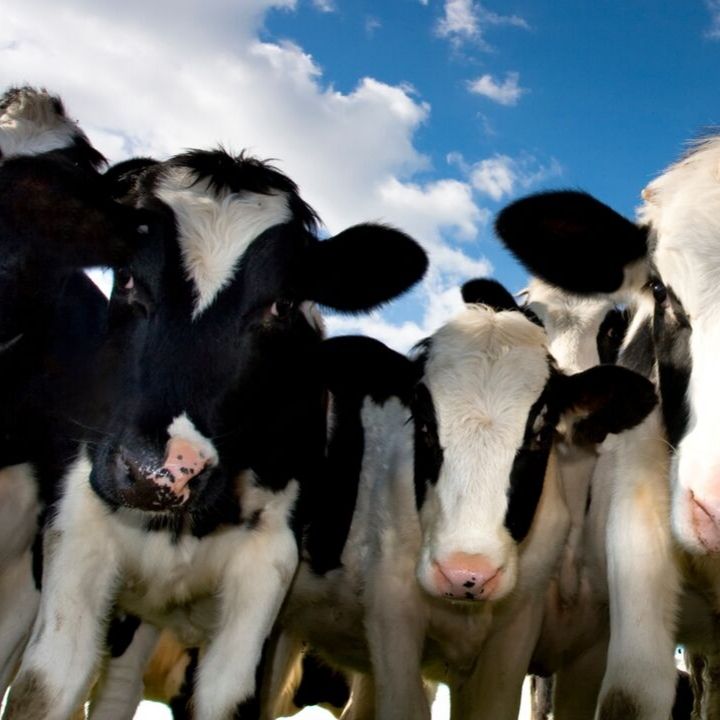Supply Management: Working to build up new entrants
March 23, 2018 | Marie Versteeg

Early this month, the CFFO Supply Management Committee hosted representatives from Chicken Farmers of Ontario (CFO), Dairy Farmers of Ontario (DFO), and Egg Farmers of Ontario (EFO) to discuss their efforts to attract new entrants.
The familiar story is that it’s impossible for young people to get into agriculture, and especially into supply managed commodities. That was the perspective of most committee members going into the meeting. But it soon became clear that boards are working hard to provide opportunities for new entrants, and they recognize that their efforts require regular recalibration.
The CFO New Chicken Farmers Entrant Program is a fifteen-year commitment. Priority is given to applicants without any connection to a supply-managed sector. Applicants must purchase 4,000 quota units, and the Board allots an additional 10,000 units, which is replaced over time with purchased quota, as new entrants build their business.
2018 is the sixth year this program has been in place, and there are currently 14 farmers enrolled in the program. CFO also has an additional array of programs for smaller producers, such as artisanal chicken growers, niche markets, and small family farm gate operations.
In dairy, the New Entrant Quota Assistance Program (NEQAP) is open to Ontario, Quebec, and eastern Canada. Rules for eligibility are also aimed at farmers without ties to supply managed sectors. Winners purchase 12 to 16 kg of quota and DFO matches it through a loan amount, which entrants begin to repay in year 11. The program began in 2010 and there have been 81 successful applicants, only 3 of which have left the industry so far.
DFO also hosts its own New Producer Program (NPP), begun in 2009. Eligible applicants are placed in a queue. Each month, one applicant is given access to the exchange and is able to purchase up to 35 kg of quota. Currently, there are 114 people in the queue.
According to the fact sheet provided at the CFFO meeting, the main weakness of both these programs is that demand is so high that the programs may need to be expanded.
Egg Farmers of Ontario has also been working to meet increased production demands in Ontario. EFO had a short-lived new entrant program from 2011 to 2016, which was complicated by the introduction of their Quota Transfer System (QTS) in 2014. Through the QTS, quota is bought and sold through a regulated auction process intended to level quota prices. Quota goes to the bidders who come the closest to the determined exchange price—rather than always going to the highest bidders. The system worked well, but new entrants feared they’d be unable to access quota according to the program schedule.
Today, EFO directs interested new entrant farmers to its quota leasing program. Bidders can make an initial quota purchase of up to 1800 birds, with the option of accessing a guaranteed 1,800 birds from EFO’s quota leasing pool. It’s enough to start a barn and get a business in place.
These are still early days for each of these programs, and time will tell how successful they are in the long run. Questions remained for several CFFO committee members, but what struck most was the creative way that the boards were working to tweak programs to support success, address niche market opportunities, improve transparency, and build alternative models for entering the sectors.
The CFFO Commentary represents the opinions of the writer and does not necessarily represent CFFO policy. The CFFO Commentary is heard weekly on CFCO Chatham, CKXFM Chatham, CKNX Wingham, and UCB Canada radio stations in Chatham, Belleville, Bancroft, Brockville and Kingston. It is also archived on the CFFO website, www.christianfarmers.org. CFFO is supported by 4,000 family farmers across Ontario.
 Skip to main content
Skip to main content